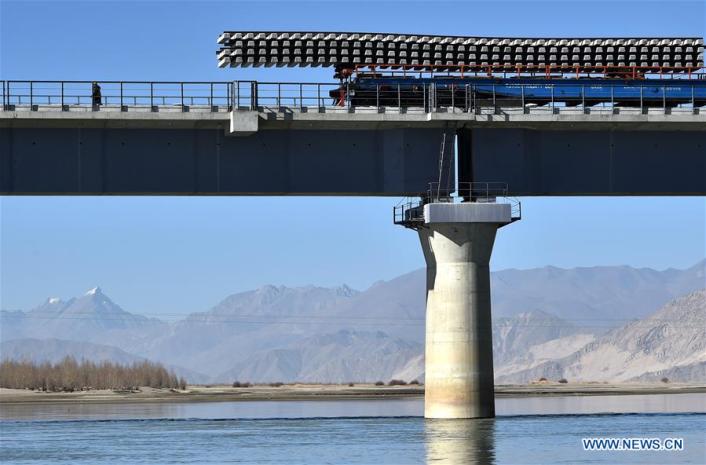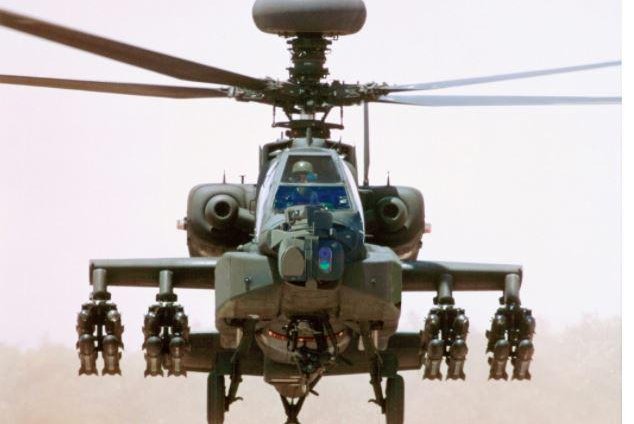Bhadra
New Member
- Joined
- Jul 11, 2011
- Messages
- 11,991
- Likes
- 23,756
India had its own geographical setup and even the British tackled this geography in its own ways... no airpower, horsepower or their best Navy in the world be of any use and give them respite in their campaign on NWFP... or subsequently in Burma Campaign .. one of the largest and unique campaigns not studied by today's horse sick Generals..
India's three tank divisions and about 16 Armoured brigades are always LOB and they will solve problems in West.. had that been so .. by now they would have .... but everyone knows that actually it is not so..
Still no harm in trying... for the time being let me see those light tanks coming somewhere near Indian defences in Ladakh..
India's three tank divisions and about 16 Armoured brigades are always LOB and they will solve problems in West.. had that been so .. by now they would have .... but everyone knows that actually it is not so..
Still no harm in trying... for the time being let me see those light tanks coming somewhere near Indian defences in Ladakh..


